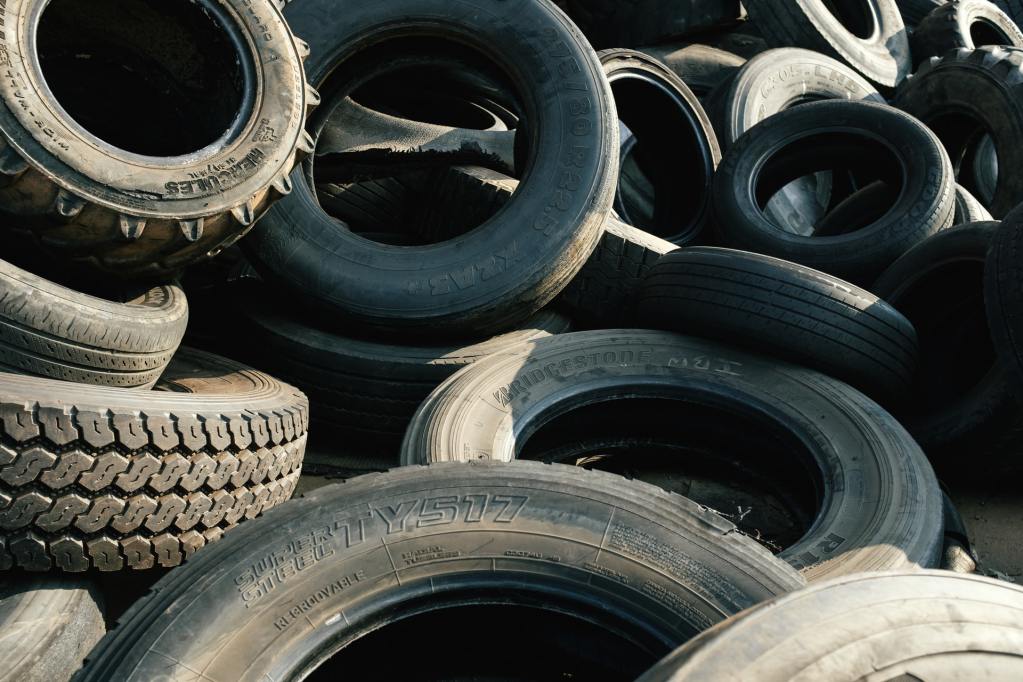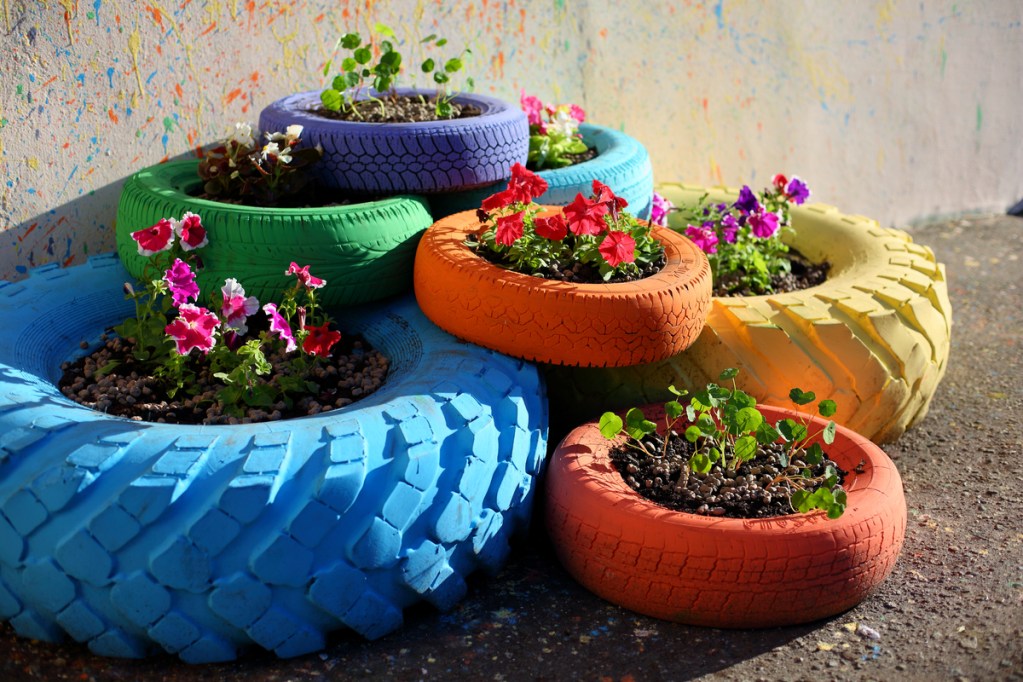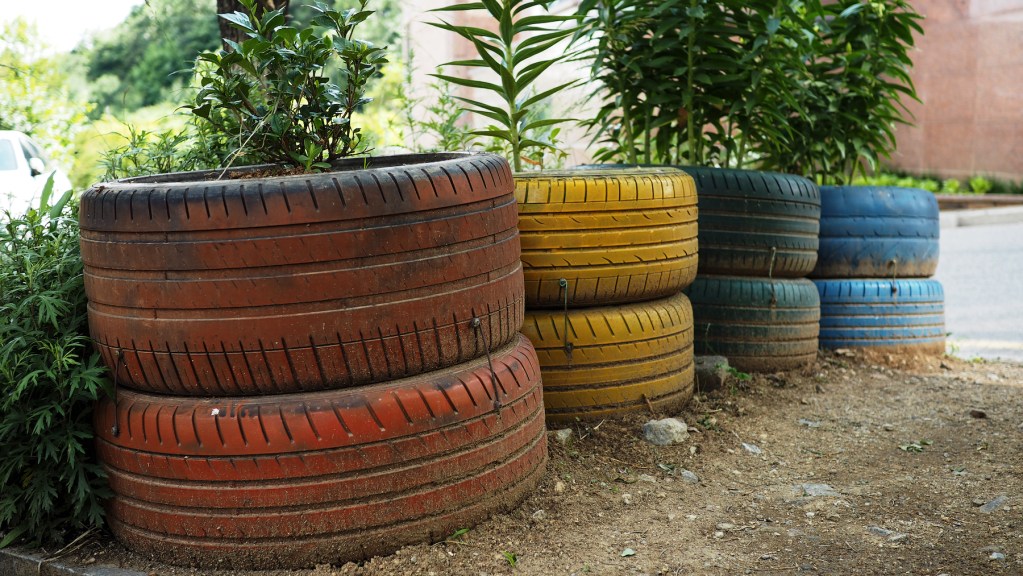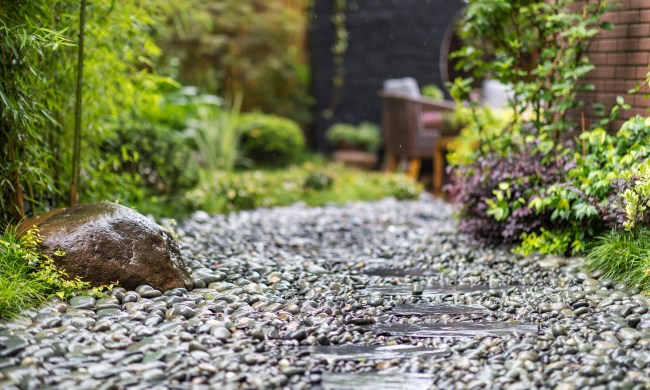As gardeners, we tend to take self-sufficiency and lowering our carbon footprint very seriously. We compost, recycle, and even grow our own food. It’s only natural that finding a use for tires in the garden would excite us. Now, it seems, we might have been wrong to get too excited too quickly. Is it safe to use tires in edible gardens? Is it worth the risk?
Why are some gardeners using tires?
Americans throw out about 280 million tires a year. They are banned from landfills, and finding a way to legally dispose of them is challenging and expensive. Many companies have found ways to use “crumb” tires for playgrounds or athletic turf. The more ways we find to recycle tires, the fewer tires are burned. When tires are burned, they release toxic chemicals like acetone, arsenic, lead, mercury, benzene (which is a known carcinogen), and more.
This is the crux of this debate and why many gardeners feel passionately about promoting repurposing tires. Recycling tires to be a raised garden bed, for example, allows them to break down over decades and lowers the risks of these chemicals being harmful to the environment.

Why are tires potentially harmful?
Still, there are some gardeners who argue that using tires in the garden is not a safe choice. They fear the same problem with the chemicals leaching out into the earth presents itself when you use them as a solution for a raised garden bed. Plant roots have been proven to remove chemicals such as excess lead from a playground in Boston and Magic Marker chemicals from a factory site. Plants like mustard greens and pumpkins were used to remove 45 percent of the toxins.
If those plants were able to soak up the lead and other potentially harmful chemicals, growers can argue that your potatoes and tomatoes could suck up the substances that are slowly released by the tire. Even though those chemicals are released over decades, there’s no evidence of how slow and how much is being released into the soil. With so many unknowns, it’s hard to make the argument that it’s worth the risk.
When you shouldn’t use tires in gardening
To be on the safe side, it’s probably best practice to avoid using recycled tires in a vegetable garden. The risk of chemicals like rayon, zinc, naphthalene, PAH (another carcinogen), and many more getting leached into the soil and soaked up by your plants is just too high. There have even been studies that showed the death of microorganisms because of the chemicals that decompose off tires. When you’ve killed off the soil, your plants won’t be as healthy and are more susceptible to pests.
While there aren’t enough studies or research to prove that used tires as planters for edibles will lead to cancer or other health problems, the risk is too high for most of us feeding our families.

When you should use tires in gardening
Of course, just because you might have decided not to use tires in your vegetable garden doesn’t mean that these tires can’t be used in other ways. The tire problem still exists, and any solution we can create to reduce the number of tires that are being burned is a step in the right direction. Using tires in flower beds or as other landscaping solutions is a fantastic way to upcycle them. You could paint them, stack them, or arrange them in fun and unique ways to add depth and interest in places in your garden where you won’t be eating the plants or their fruits.
When it comes to your garden and your family, the decision is always up to you. What many gardeners love about growing their own food is the power to decide what does and does not go into their plants. Many of us choose to grow our food to avoid the harsh and sometimes nasty chemicals sprayed onto mass-produced products. The irony is that using a tire that leaks chemicals into your plants may reintroduce the problem you were running away from in the first place.




